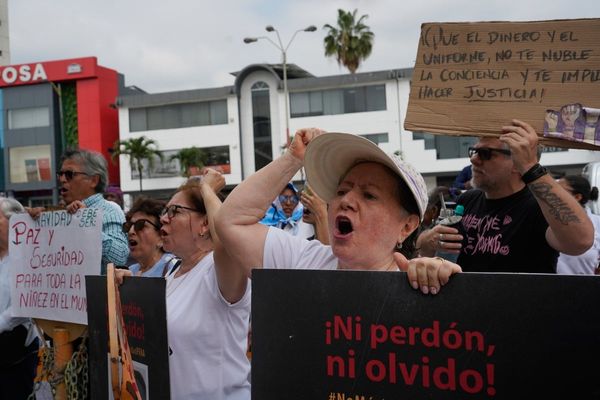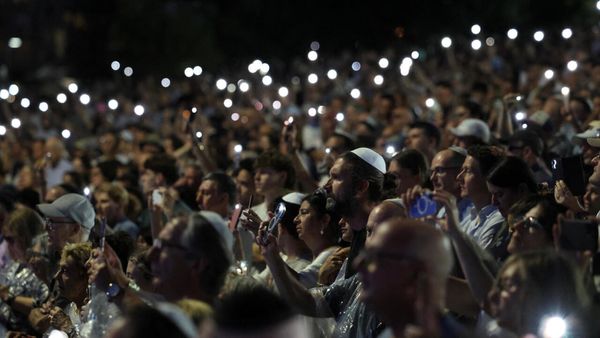
Australia’s annual inflation rate in January eased, implying the worst of the price increases may be over as the economy absorbs a record run of interest rate hikes.
The consumer price index for the month was 7.4%, compared with 8.4% for December alone, the Australian Bureau of Statistics said on Wednesday. Economists had been predicting the January CPI would be 8.1%.
“I’m confident the worst of inflation is behind us rather than ahead of us,” the treasurer, Jim Chalmers, said on Wednesday. “But we don’t pretend away the substantial challenges in our economy” as shown in the GDP figures.
The Reserve Bank would add the CPI numbers to a batch of other statistics – including a pick-up in the jobless rate to 3.7% in January – when it considers whether to lift its cash rate for a 10th consecutive meeting when its board gathers next Tuesday.
Australia’s economic growth will also be examined closely. The economy expanded 0.5% in the December quarter alone, the ABS reported. Economists had tipped a 0.8% pace of GDP growth. Annualised GDP growth was 2.7%.
On a per-capita basis, the economy was flat for the quarter, implying an expanding population accounted for the growth. Among the states and territories, only the ACT, Western Australia and Victoria registered an expansion of final demand.
Markets interpreted the CPI and GDP data as reflecting a reduced risk of higher interest rates. The dollar initially lost almost a quarter of a US cent to drop below the 67 US-cent mark before recovering, while stocks erased their losses for the day.
However, the ABS noted January’s 7.4% CPI was the second-highest tally for any month since they began tracking monthly changes in September 2018.
Still, there were signs of weakening price pressures, with fruit and vegetables becoming 2.3% cheaper for the month. While prices for food and non-alcoholic beverages rose 8.2%, the increase was less than the 9.5% annual increase in December.
Airfares and holiday accommodation were also trending lower, down 7.2% from a year earlier. That price drop compared starkly with December’s 29.3% gain.
Recreation and culture, and housing were among the two biggest gainers for the month, with both categories up about 10% from a year earlier.
While the monthly series is not as complete as the quarterly numbers, data in coming months may also show inflation pressures easing. Covid-related supply shortages are improving, while energy and food prices will be compared with the spike in costs following last February’s Russian invasion of Ukraine.
Australia’s 0.5% increase in GDP was the slowest pace since the September 2021 quarter, with Westpac economist Andrew Hanlan saying consumers’ “tepid rise in overall spending” of 0.3% was the key surprise, shy of the 0.8% expansion his bank had tipped. Services only eked out a modest rise to be the key disappointment in the data.
“Domestic demand stalled in the December quarter, the weakest result outside of a lockdown period since June 2014,” Hanlan said. “This indicates that the economy hit a soft spot at the end of 2022.”
Residual post-lockdown demand pushed up discretionary spending on hotels, cafes and restaurants by 1.6%, while transport services gained 5.7%. Still, the spending growth slowed after four consecutive quarters of strong demand, Hanlan said.
Without a rise in exports contributing to 1.1 percentage points of growth to GDP for the quarter, the figure would have been negative. Both government and private investment was lower for the quarter.
Sean Langcake, head of macroeconomic forecasting for BIS Oxford Economics, said the GDP data suggested it was too early to declare Australia’s inflation problem solved.
“[The] domestic price deflator still increased by a robust 1.4% quarter on quarter,” Langcake said. “Labour cost measures increased by a brisk 2.1% in the quarter, despite a weak outcome in the public sector.”
The household savings ratio, meanwhile slid further, down from 7.1% in the September quarter to 4.5% for the final three months of 2022. “This ends a period of excess savings, which has been a feature during the pandemic,” he said, adding that a 6% ratio was probably the “equilibrium” level.
The ABS said the 4.5% savings ratio was the lowest since the September quarter of 2021.
The ACTU secretary, Sally McManus, said the depletion of savings was one indication the RBA and big firms were “pushing workers and the economy closer to a cliff edge”.
“Between the RBA and big companies, the average Australian has had their modest savings bled dry because of interest rate rises and big business keeping prices far higher than they need to,” McManus said.
“Essentially, we’re seeing a transfer of wealth from working people to the big banks and supermarkets … It’s a greed-price spiral.”







